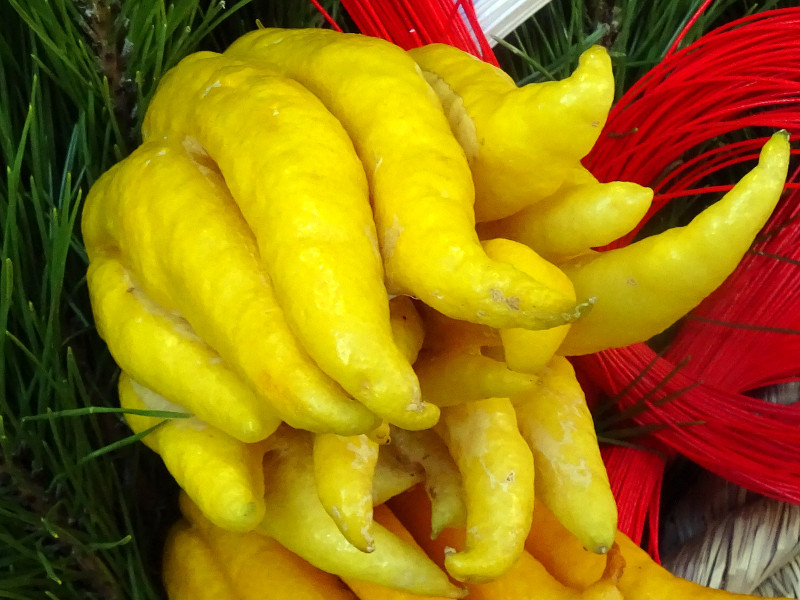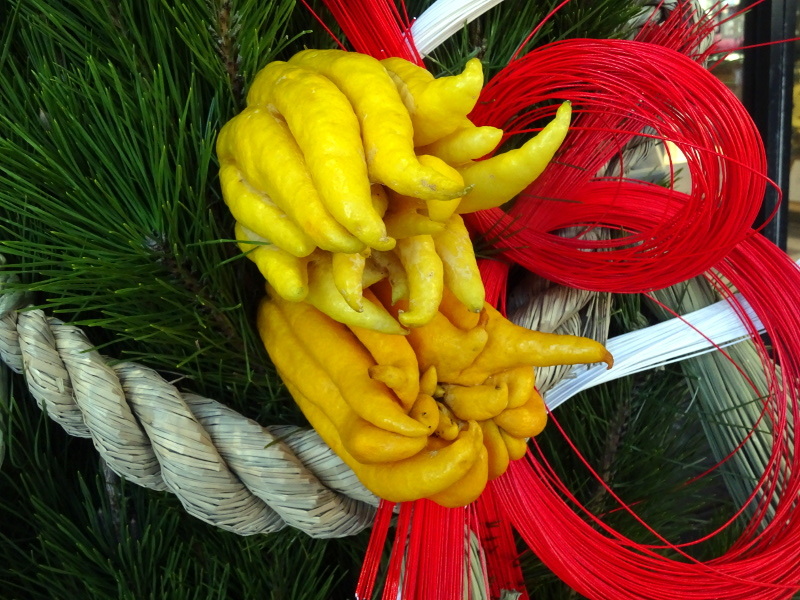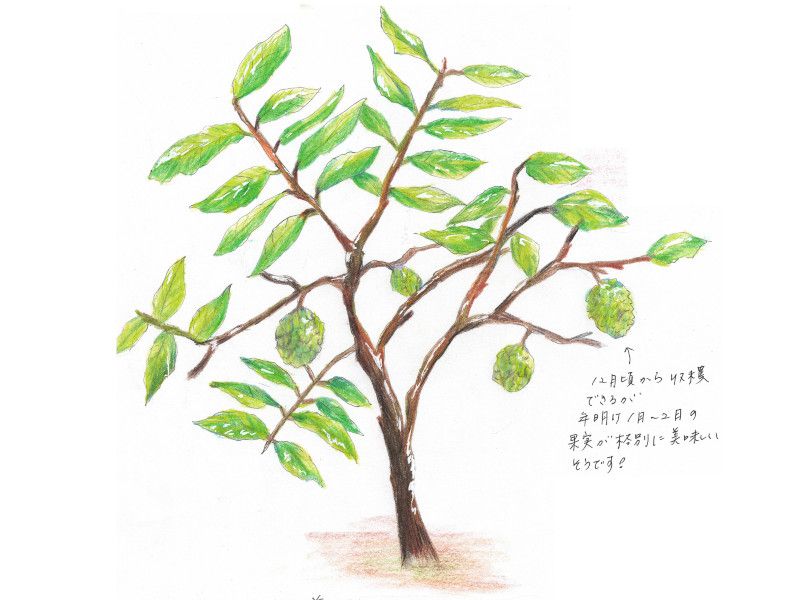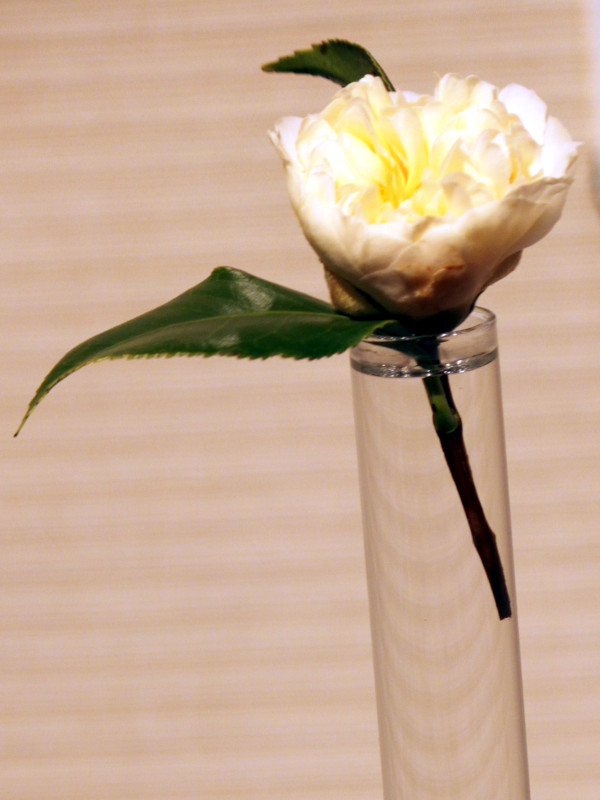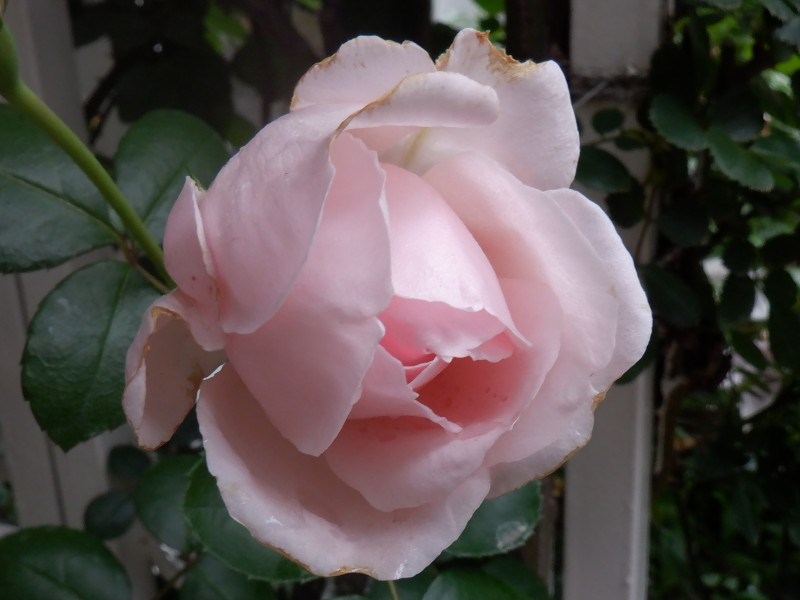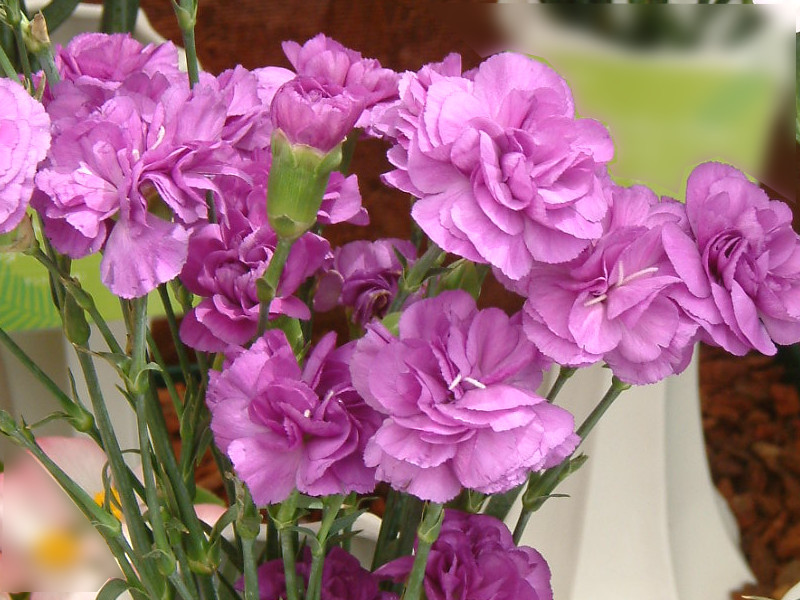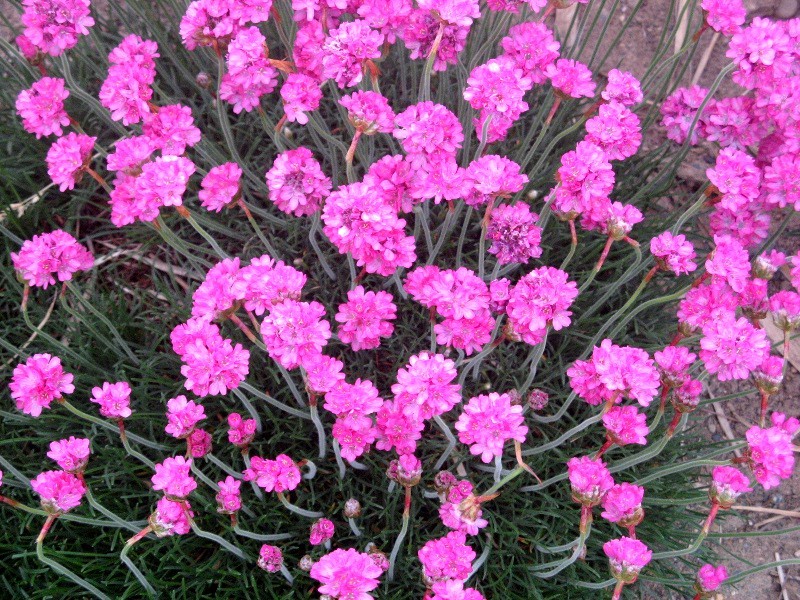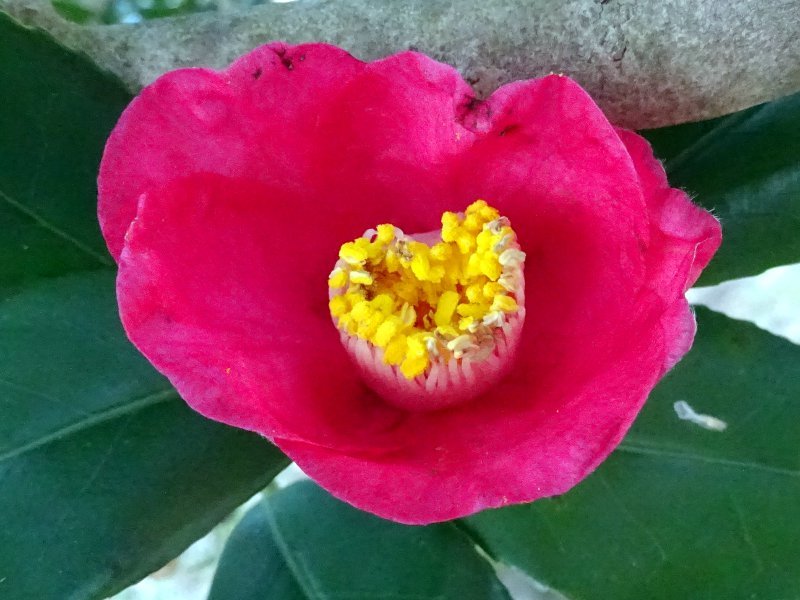Buddha's hand
- Flower nameBuddha's hand
- Scientific nameCitrus medica var. sarcodactylis
- Alias仏手柑
- Place of originChina to India
- Place of floweringGarden, Field, Bonsai
- Flowering seasonMay, June
What is Buddha's hand
Buddha's hand (scientific name: Citrus medica var. Sarcodactylis) is an evergreen broad leaf shrub that is the native of China to India, where the citrus fruits of the family Rutaceae are. The fruit parted like a tip, like a finger, because it seems like the Buddha seems to be in hand. There is a strong fragrance of citrus similar to citrus fruits such as Yuzu on the peel and leaves. As there is no flesh, as with sharing, after extracting the astringent taste, it is edible with sugar confectionery and marmalade. Those which dried the skin are traditional Chinese medicine. It is said that the auspicious is good, it is planted in the garden, it is used for bonsai, New Year's decoration, Ikebana, cut flowers and so on. Because it is self-fruit, the fruit becomes one with one. Flower's language is "seeing the real me", and "beauty not flirting".
Common name: Buddha's hand, scientific name: Citrus medica var. Sarcodactylis, aka: Bushkan, Buddha's hand, fingered citron, Place of origin: China to India, Japanese producing area: Kagoshima and Wakayama prefecture, Living type: Evergreen shrub, Tree height: 1.5 to 2.5 m, Leaves: Alternate, flowering places: axilia or short raceme inflorescence, Flower color: white, number of petals: 5, flowering period: May to June, pulp color: yellow, fruit weight: 50 g, harvest period: December to January, use: bonsai, New Year decoration, garden tree , Ikebana, cut flowers, fruits without sugar confectionery and marmalade, herbal medicine, special note: with self-fertility.
